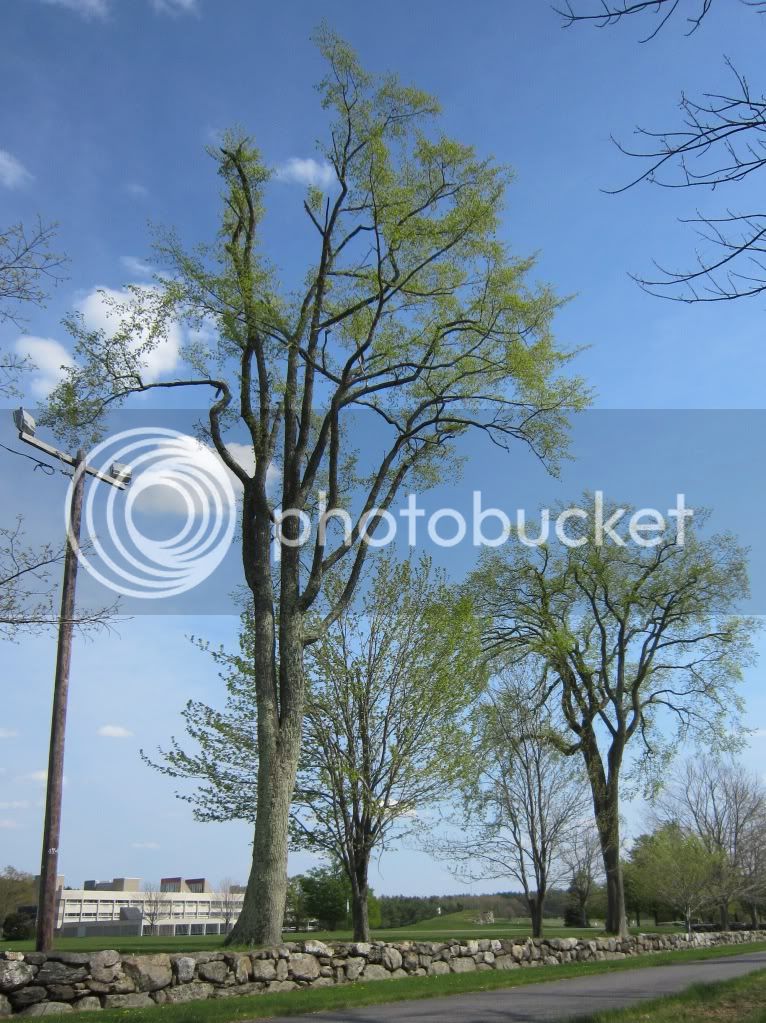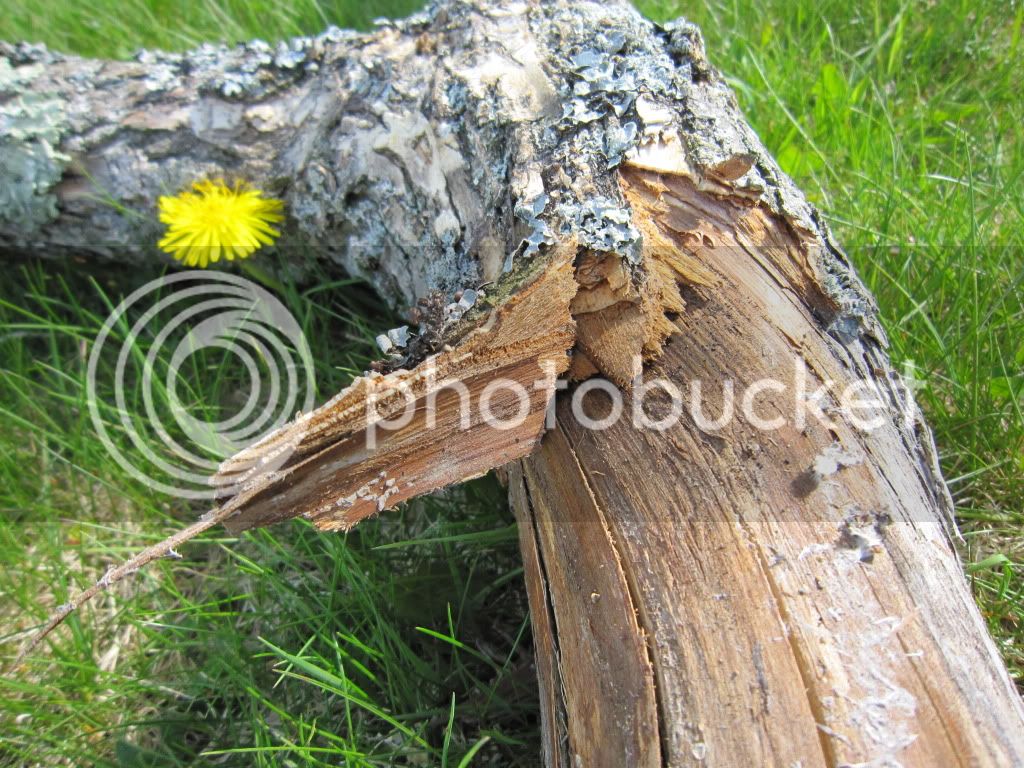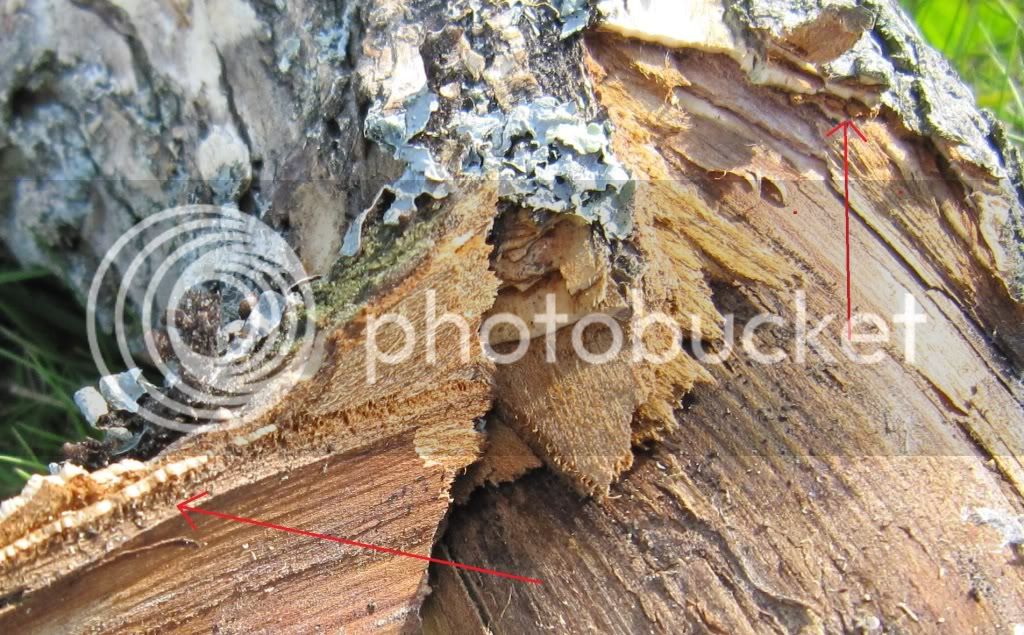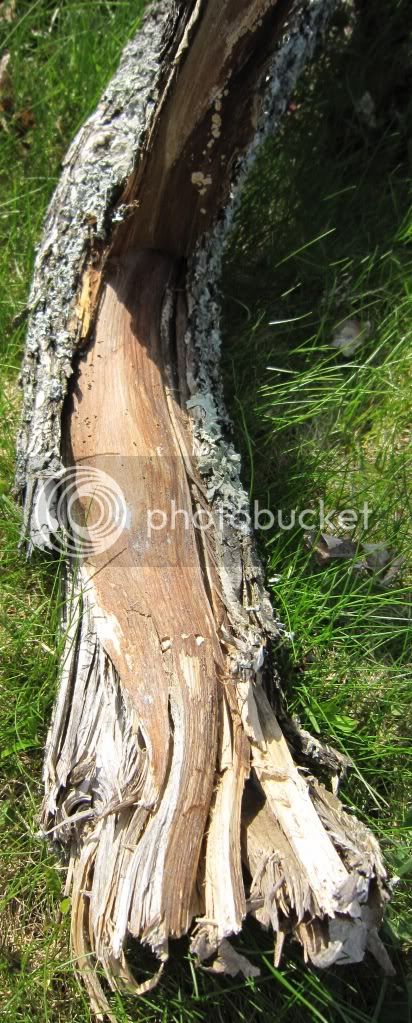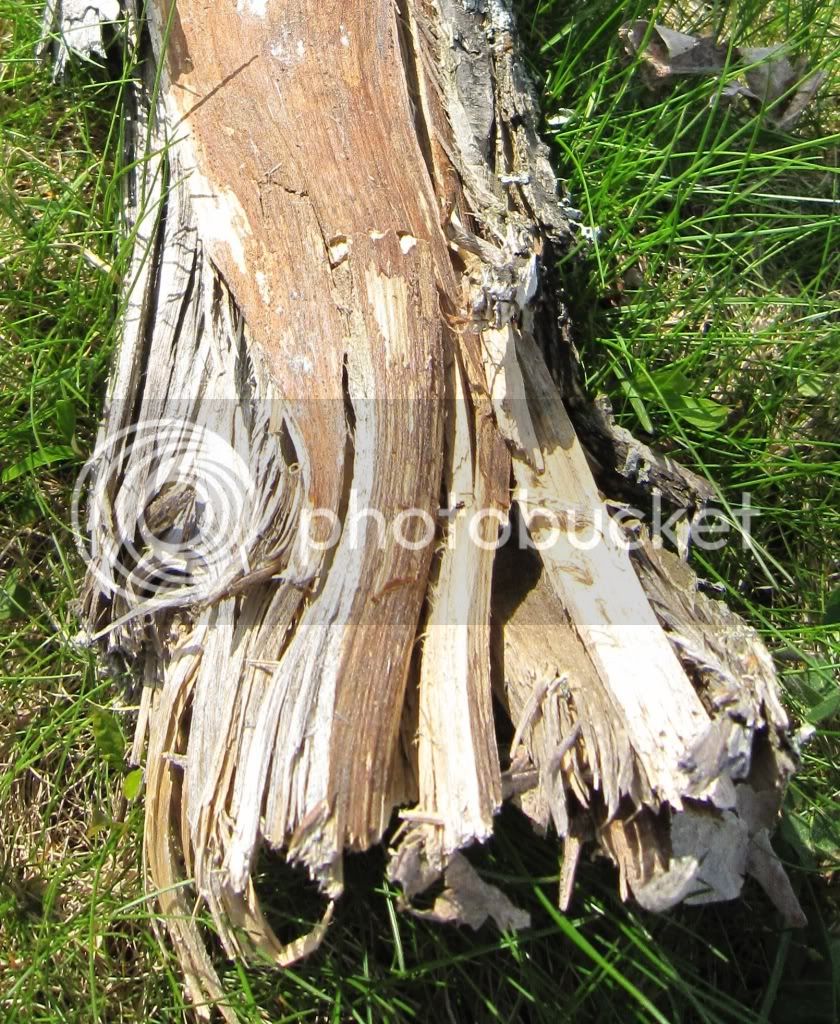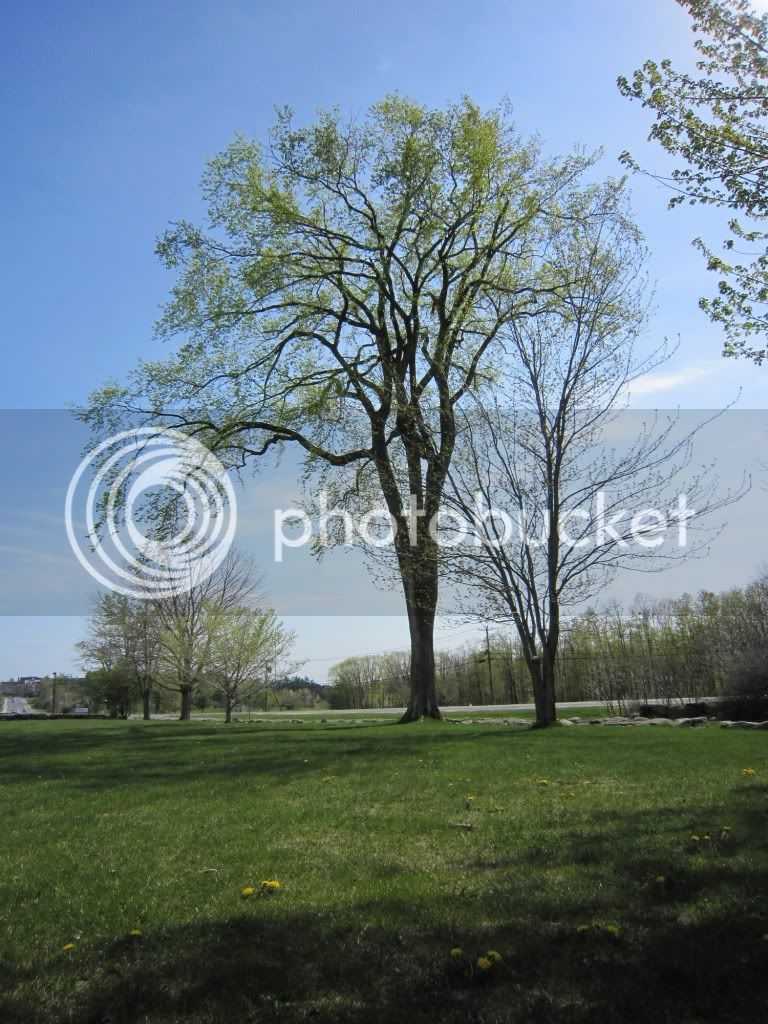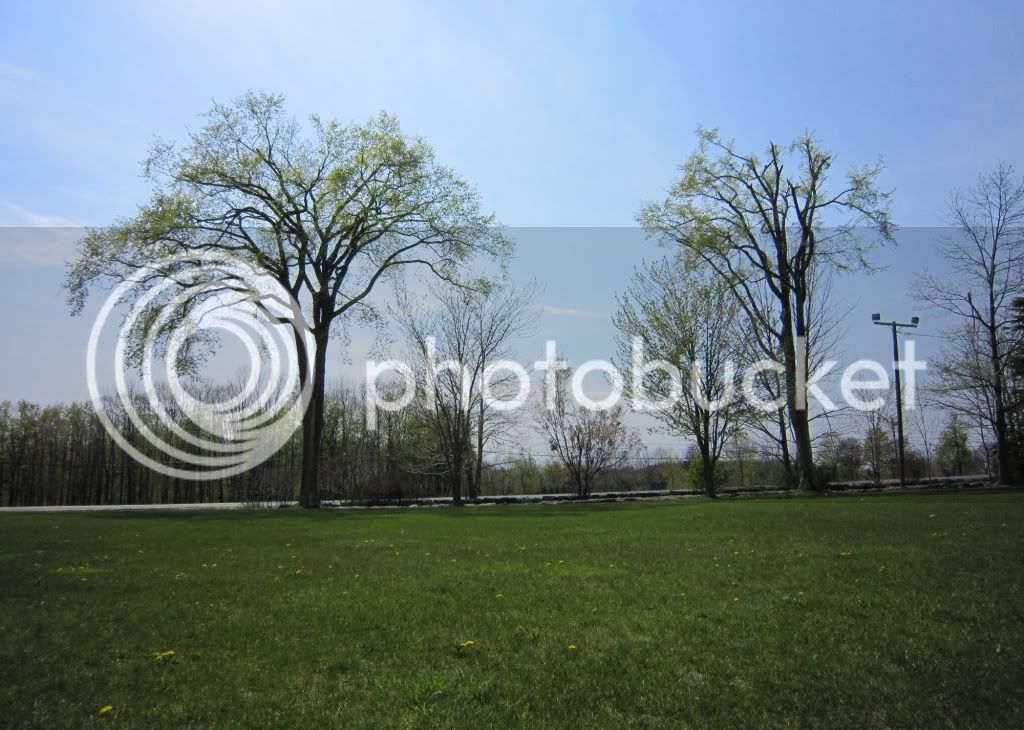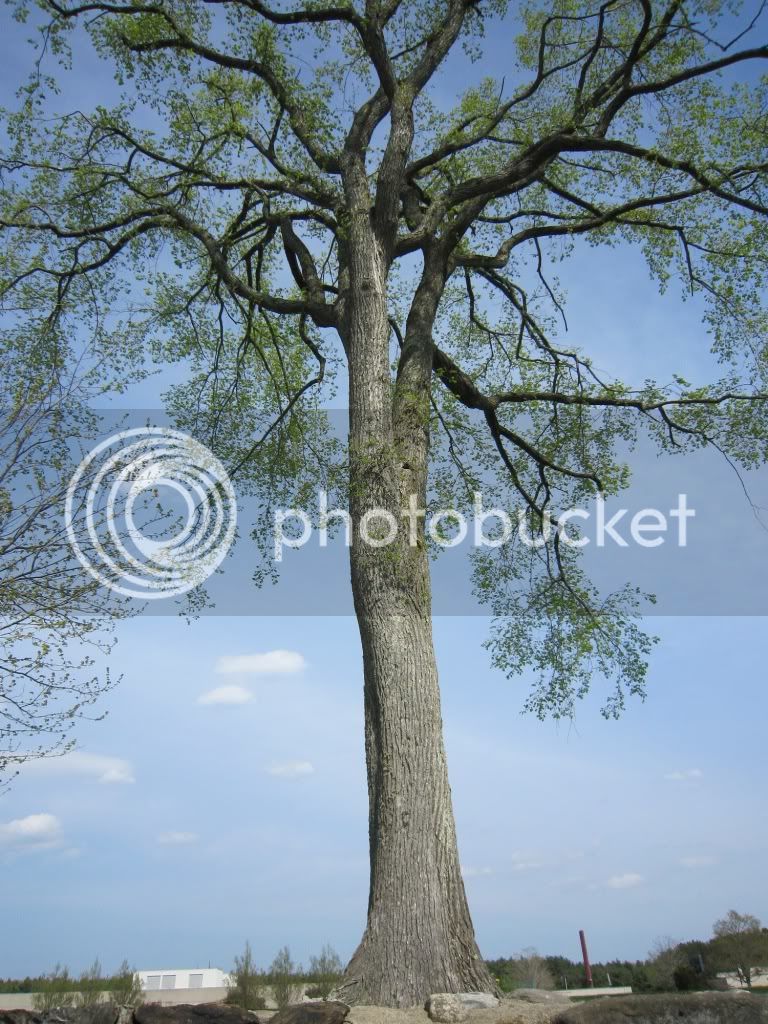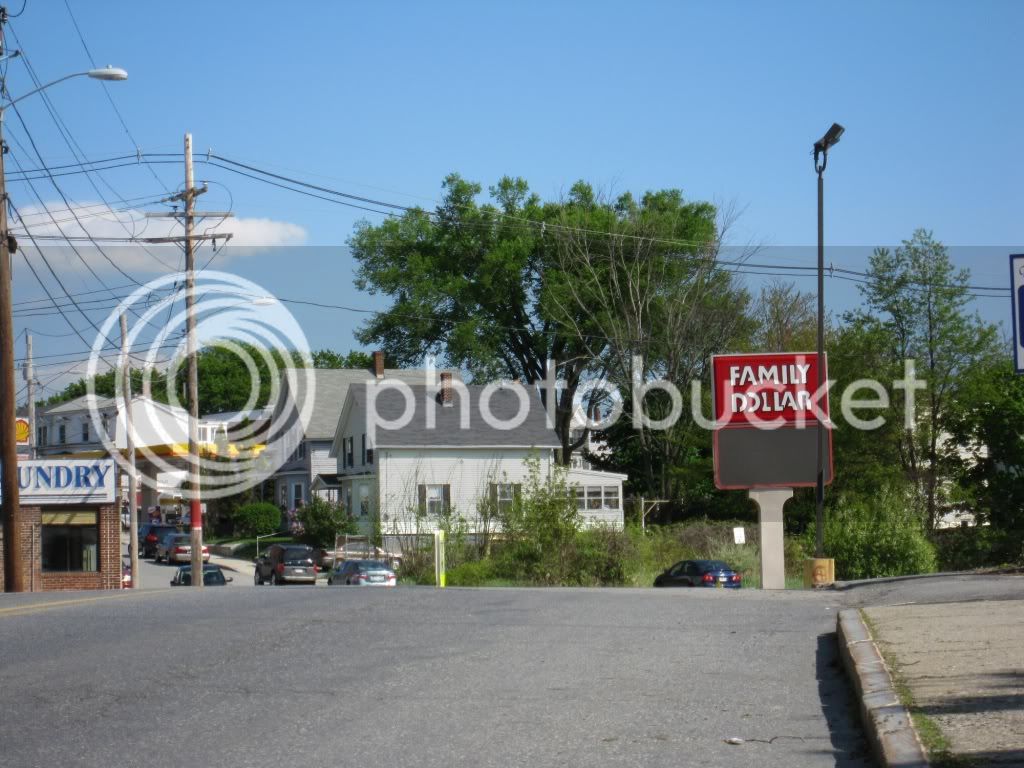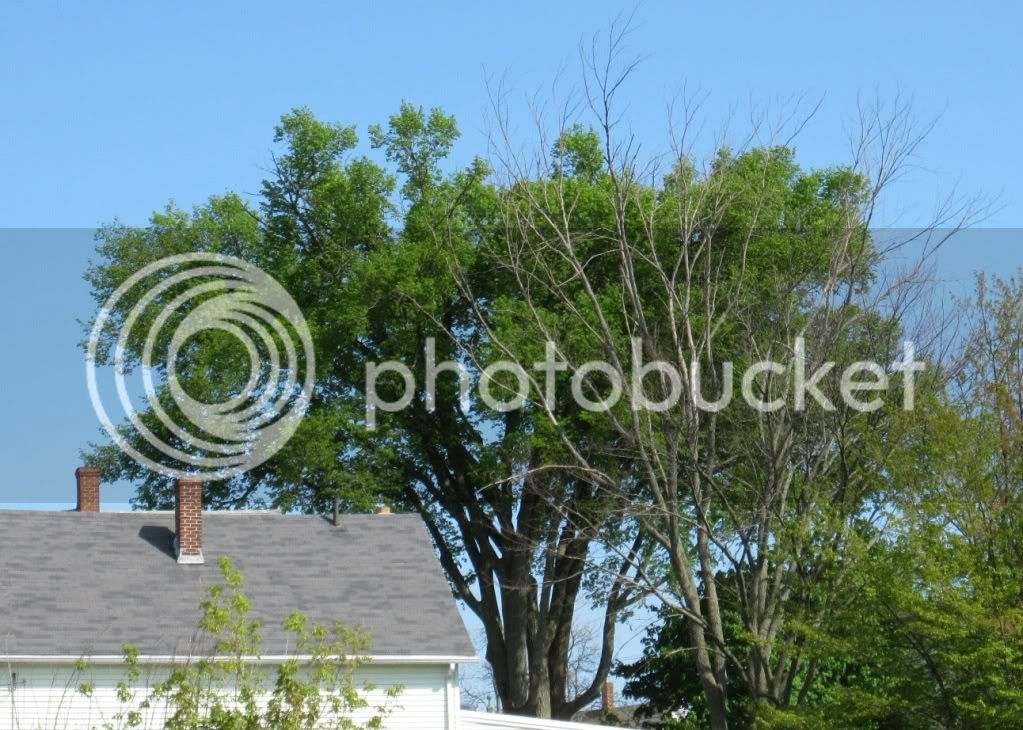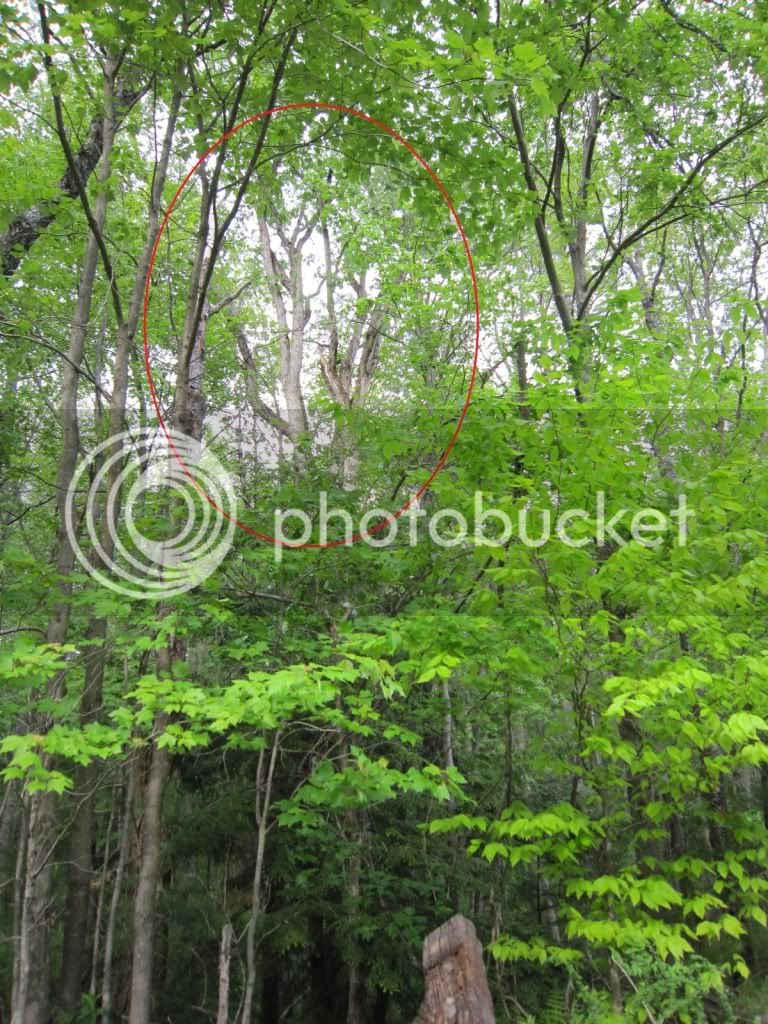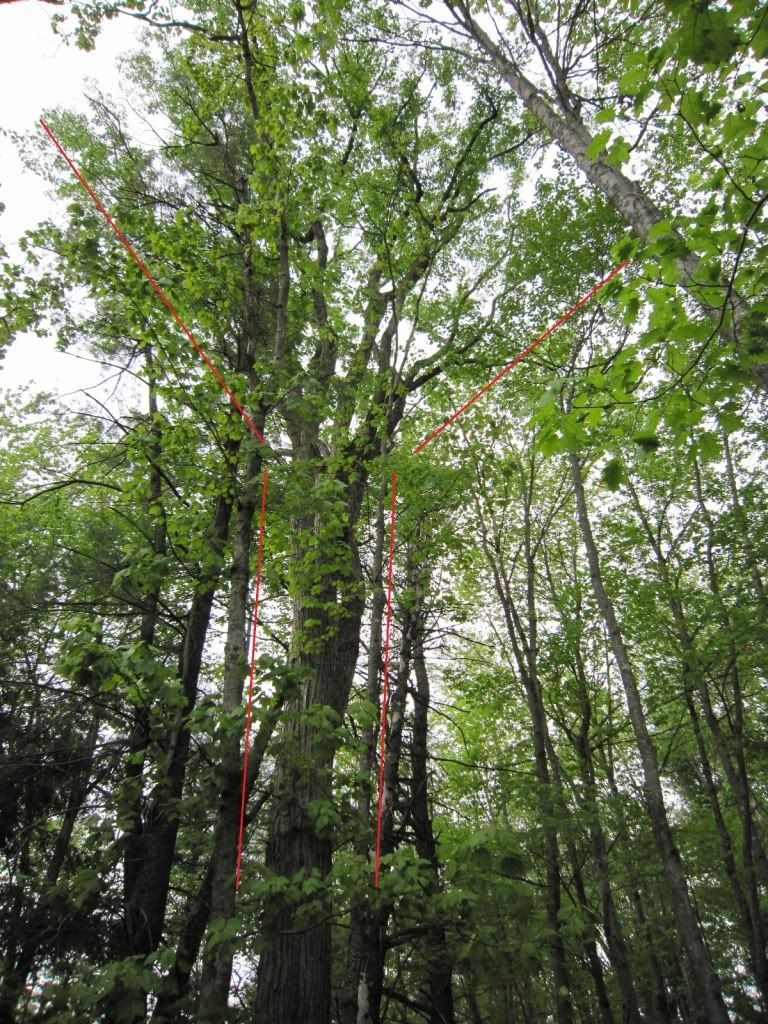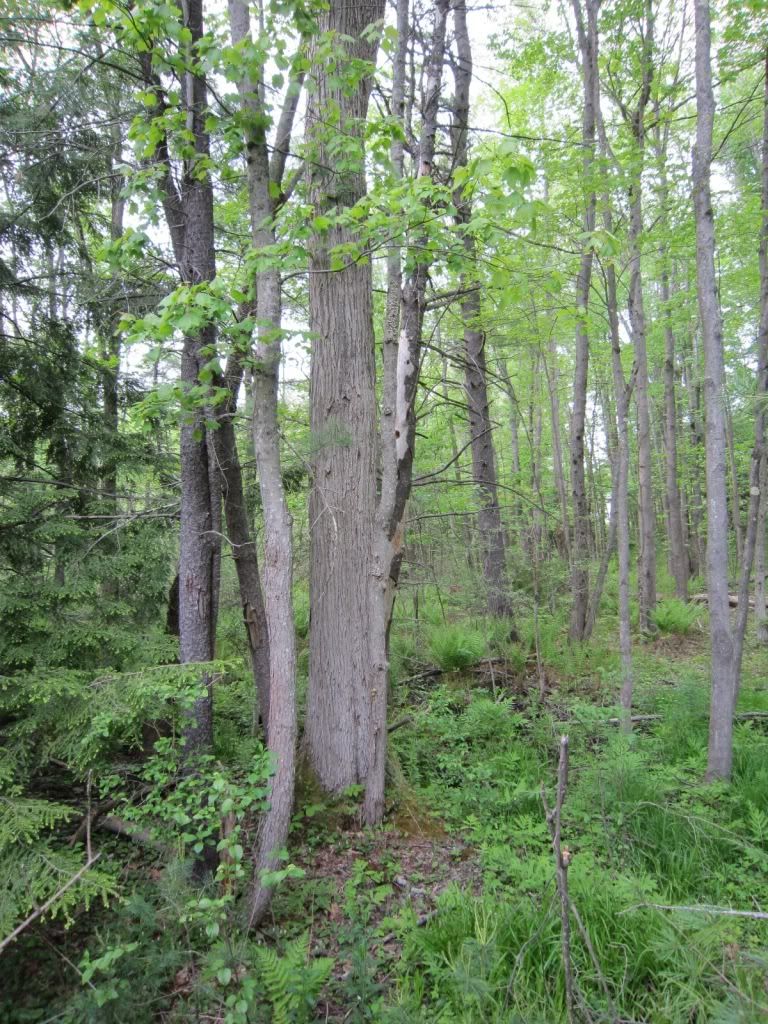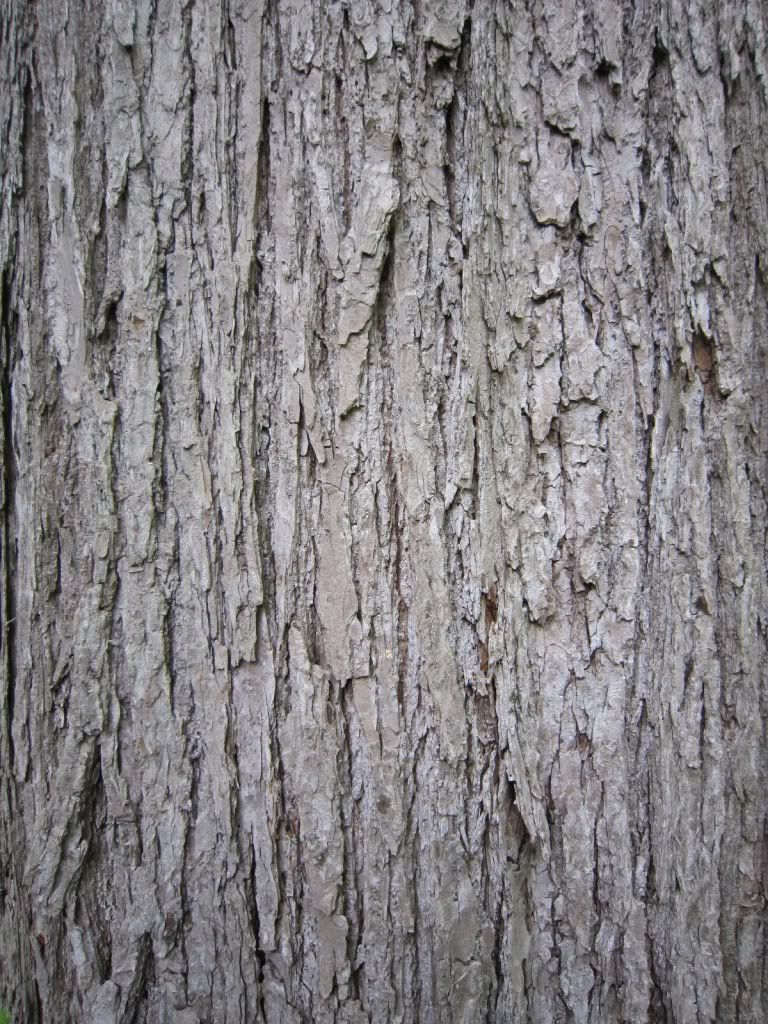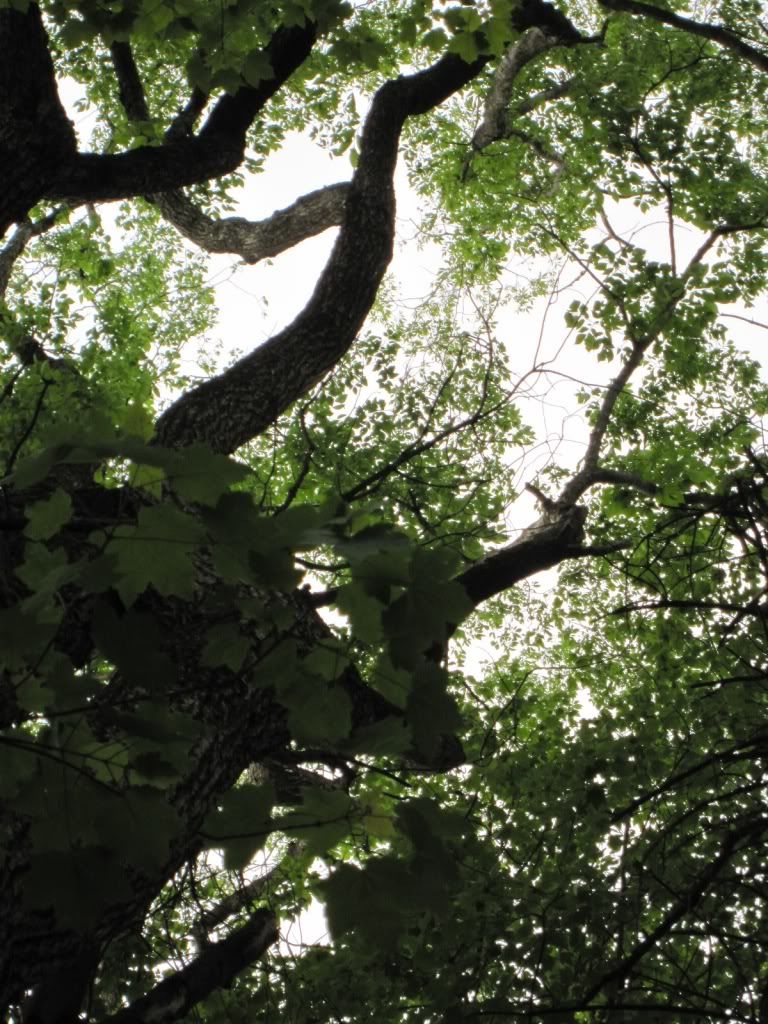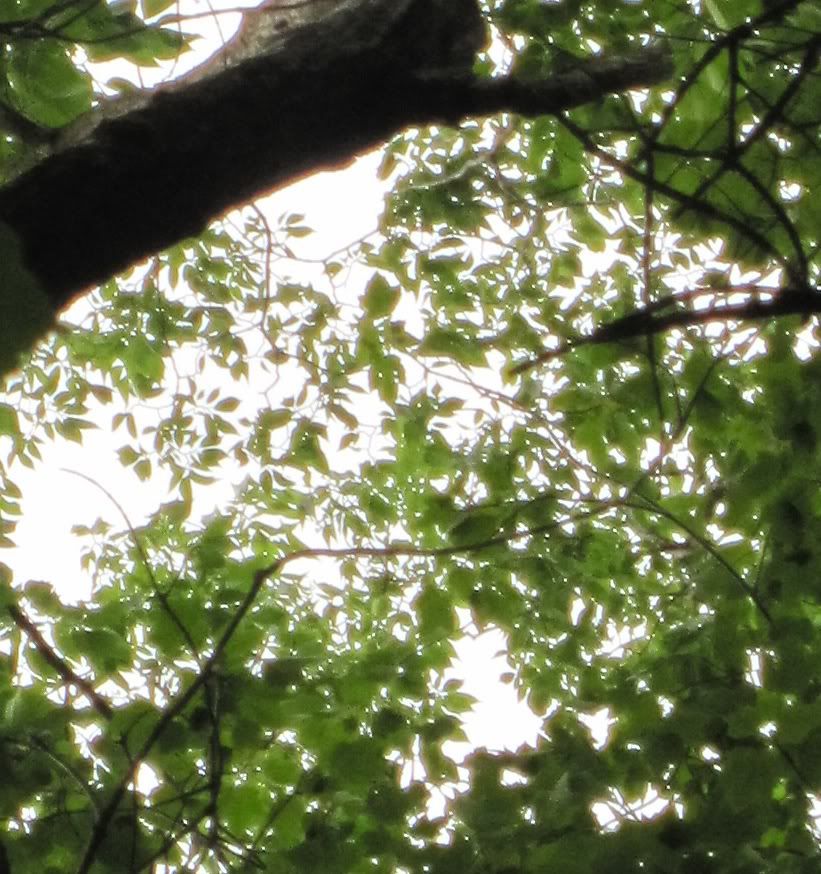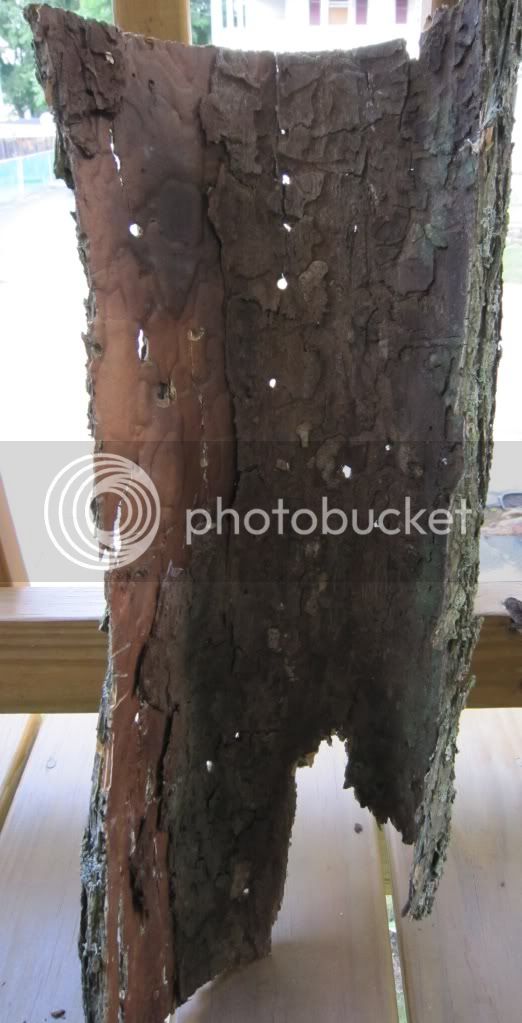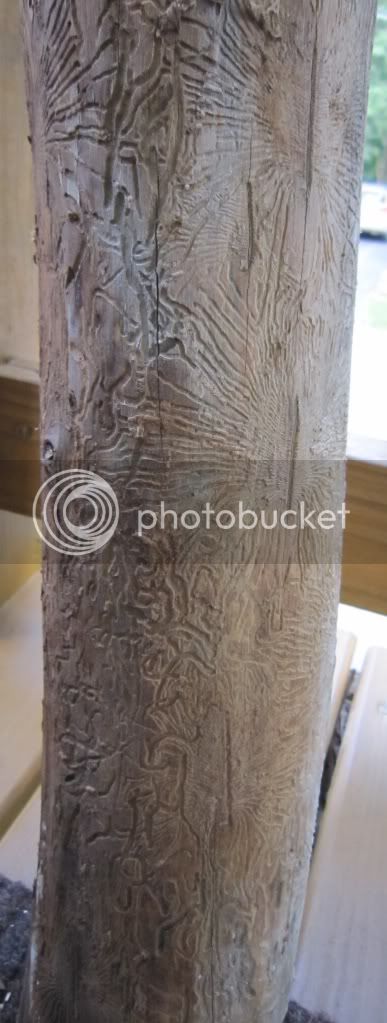Help me!
Here is the rough script, anything [quoted like this] is a personal note to myself. Please let me know if anything "sounds funny" or not right. Or if you know a better word for something etc. This has to all be arboristically correct.
***
(NARRATOR) “for in the true nature of things, if we rightly consider, every green tree is far more glorious then if it were made of gold and silver –Martin Luther King”.
…a tree, big, small, a variety of colors and shapes. They die, and a new one grows in their place. But what if this wasn’t possible? What if a disease from another part of the world, prevented a particular type of tree from reproducing correctly? This could be a multi-continental tragedy!
There are thousands of types of trees out there, but very few are American Elm trees. A deciduous & hardy shade tree. Commonly planted ornamentally around the turn of the century in public areas, on private property and along road sides. They are commonly recognized for their vase like shapes, and broccoli tops. As of 1993, there were 5,233 “elm streets” in the United States alone!
Meet Herbie. Born before the industrial revolution, an historic American Elm tree crowned oldest and largest in New England. Living in four different centuries this landmark was germinated in approximately 1793. Herbie was given his name by current day neighbor Donna Felker, back in 1950s when she was just a little girl. Serving as a sound barrier from the highway, the hindered limbs also provide shade over the intersection between East Main Street and Yankee Drive. Standing partially on the front yard of a private residence, with a trunk circumference of over 20 feet, Herbie is an astonishing 110 feet tall. Prior to the crown reduction in mid 2008, the canopy’s spread covered 93 feet! On May 1st, 1834 the town gave Herbie some company by planting rows of Elm trees. From 1957 onward, most succumbed to what is known as Dutch Elm Disease. Tragically as of 2003, 20 of the 739 original Elms remained.
The legend behind Herbie is his friend Frank Knight. Born in 1908, Frank is 100 year of age as of October 2008. Loving the tree since 1956, he has cared for it over half his life time. In 1983 he was 4th recipient of the towns latch string award. Frank is a retired tree warden, and a tree was even planted in his honor, right in front of Yarmouth’s town hall.
Europe 1910 [show date], a devastating fungal disease is observed attacking Elms trees. It was identified and named in 1921 after reaching the Netherlands, by a Dutch psychopathologist Bea Schwarz. Britain reported its arrival in 1927, the United States in 1928 from a shipment of lumber, and Canada by the second cold war. It is thought to have been accidentally introduced by a shipment of lumber around the turn of the century. Dutch Elm Disease is transmitted by a fungus carrying bark beetle believed to be native to Asia. The beetle burrows its way into a tree, and without intention, infects the tissue with the disease. It is also spread from tree to tree by touching or grafted roots. Once a tree is infected, the vascular system leading to remote branches are plugged, choking them of water and nutrients. Eventually the entire tree succumbs and dies, leaving behind a creepy looking skeleton. A new species endemic to Western Himalaya caused the majority of the mortality throughout the 60’s and 70’s. This may have been the tie between hippies and trees. Today, it is estimated that less than 1 in every 100,000 mature American Elms trees remain, that is under 0.001 percent! It is even the Massachusetts state tree, yet a mature American Elm is a very rare site growing naturally in the wild. An old saying goes “elmhateth man and waiteth”. Possibly because a diseased Elm is famous for traditionally dropping a large branch, without any warning on a still summer day.
Any American Elm tree is susceptible to the disease, so Herbie, has undergone treatments. There is no true cure; it can only be prevented from spreading. In the early days DDT was sprayed on the subject until 1972, leading to its ban in the United States. From there an “elm fungicide” Lignasan BLP was injected into the base of the tree, never showing to be especially effective. The following years would bring the discovery of Arbotect, a much more powerful and proven fungicide. There are several others now available including Alamo, but they generally do not remove the disease, so any infected areas are removed immediately. The injection typically has to be repeated every 2-3 years to be effective. After battling 15 bouts of Dutch Elm Disease, in 2007 stripes appeared under Herbies bark indicating a much worsening condition.
Frank kept a close, visiting weekly and sometimes even daily. His wife used joke that if the trees name was Suzy, she would be real jealous. In 1997, the Elm Research Institute installed a protection plaque on Herbies trunk. [bike race][hurricanes] Everyone came to visit, locales like Jim Milan and his dog, all the way to Jerome Hutin and his family from France. [fan page/grandmother]
August 2009 [show date], it is revealed that Herbie will be cut down and removed on January 18th 2010, at a cost of $20,000. Before the end of the year, in October, the plaque was removed and replaced with a laminated copy. Then “The Herbie Project” was established, a tree trust for Yarmouth ME. Tree trusts promote communities across the US to enhance our futures public landscapes, and use trees to improve our homes, health, and the quality of our lives. Tree warden Peter Lammert states “the tree is so big we wouldn’t dare drop it, so their literally disassembling it”. Dutch elm disease simply became too strong for Herbie to battle at his old age. As soon as the news made it to the press, more visitors crawled out of the woodwork than ever before. On the morning of January 18th, 2010 a blizzard postponed the removal by 1 day. 3am [show time], (NATE) we left town in the middle of the night, Volkswagen packed. Took us just over 4 hours to travel 150 highway miles, from the Gardner area to Yarmouth. I mean it was bad, 4:49am [show time], we ended up sliding off the highway and getting stuck in a somewhat dangerous position. 7:02am [show time] we arrived in Yarmouth to find Herbie all snowed in, there was no one there. So I called Whitney Tree Service, only to find out they had already broadcasted across the 6am news, that it was postponed until tomorrow. January 19th [show date], (NARRATOR) so just before noon, after several chain issues [call on bar size] Herbie was dismantled and the trunk was dropped. The initial ring count on site stated 212 years old. It was later verified on February 4th that the final estimate was 217 years old.
The wood was sent to the local JD Sullivan Lumber company, for their ability to saw such a large trunk into various boards and blocks. They also provided a kiln to dry the sentimental lumber. Assorted wood was then distributed to woodworkers, to create artistic objects that could then be auctioned off and sold to raise money for The Herbie Project. Things like salad bowls, wooden bookmarks, and cutting boards are just a few of the wonderful things to come from Herbie. There are even tee shirts being made in collaboration with The Herbie Project. The stump was said to have been removed in the spring of 2010. However, the following months would bring controversy over the removal which was delayed until the end of May.
Since even the first devastating strike, research has gone into not only a vaccine, but also an entire line of disease tolerant cultivars and hybrids. Although many of them were failures, a handful have shown to put up quite a battle against Dutch Elm Disease. None of which can generally replace the true original American Elm, but they have been chosen and designed as close as possible to express the original characteristics. A cultivar is a variety that has been deliberately selected for its desirable characteristics and disease resistance. This method dates back to 1922, coming from nurseries in Princeton, New Jersey. In 2005, the National Elm Trial began a 10 year evaluation of 19 different exclusively American developments, all the way across the United States. Six years after the introduction of cultivars, the Netherlands introduced the hybrid method in 1928. A hybrid is the offspring from cross-breeding two or more cultivars, to produce a genetic diversity not found in nature. Many of the hybrid crosses have an attractive form, but neither hybrids nor cultivars have proven immune to the disease. They do however both show a high tolerance level against it. There are a number of American Elm cultivars now commercially available. Among the group there are several notable elms including the Valley Forge, Princeton, Lewis & Clark, New Harmony, and the American Liberty. The hybrids in commerce include the Columella, Nanguen, Wanoux, San Zanobi, and the Plinio. By 2012 the Arno & Fiorente will also be commercially available.
Losing a champion tree to an unstoppable disease is a powerful statement not to be taken lightly. Herbie with all the care he received should have died of old age and not disease. So what does this say, about the future of the remaining American Elm tree? We know one thing; nature has its way of telling us things. So what, is it trying.. to say?





 i only live about 20 minutes from herbie lol
i only live about 20 minutes from herbie lol